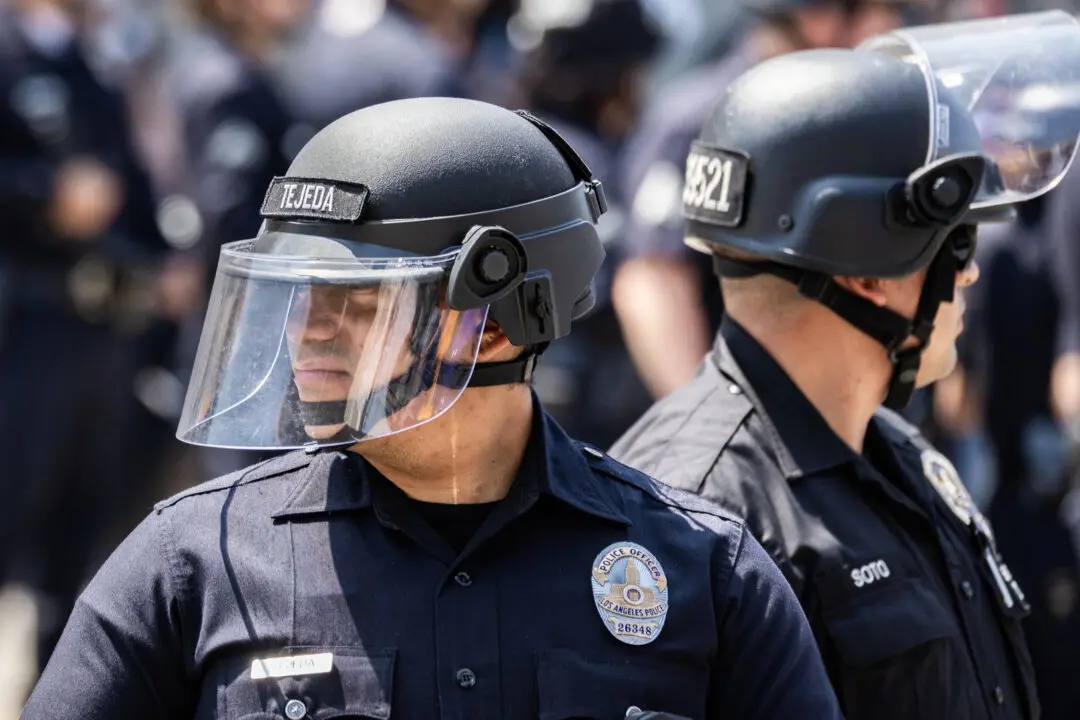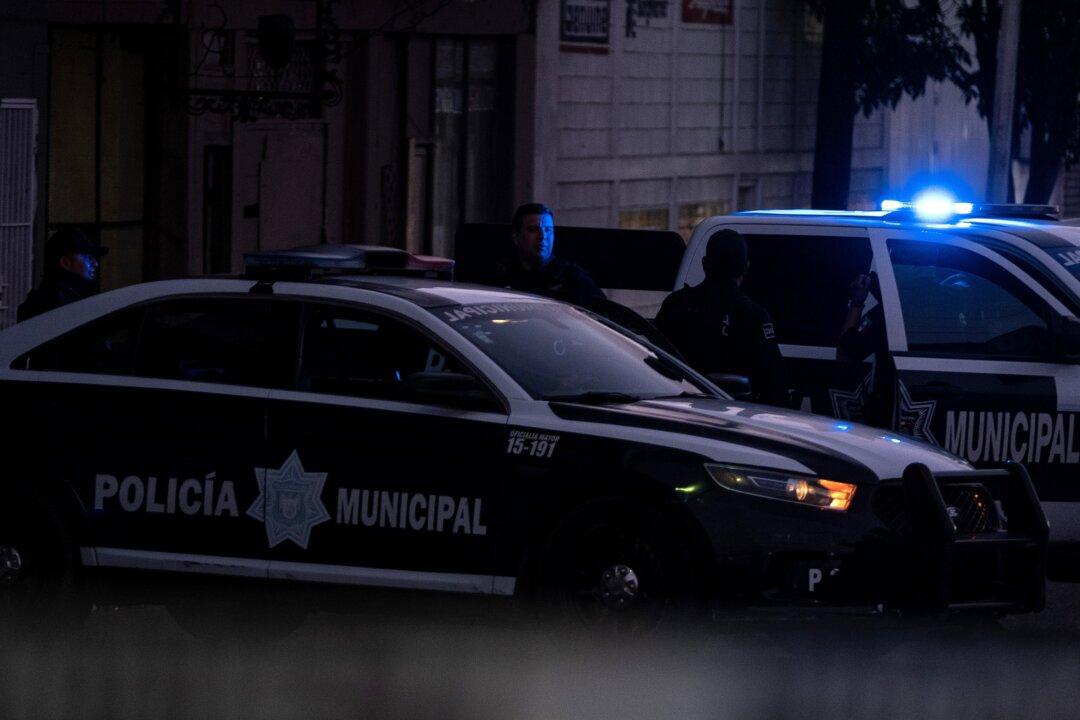SANTA ANA, Calif.—Orange County authorities announced on July 25 that advances in DNA technology helped solve two murders dating back to 1987 and 1989.
The suspect in the killings was identified as Reuben J. Smith, who was 39 when he took his own life with a gun in Las Vegas in 1999, according to Garden Grove police Lt. Mario Martinez.





